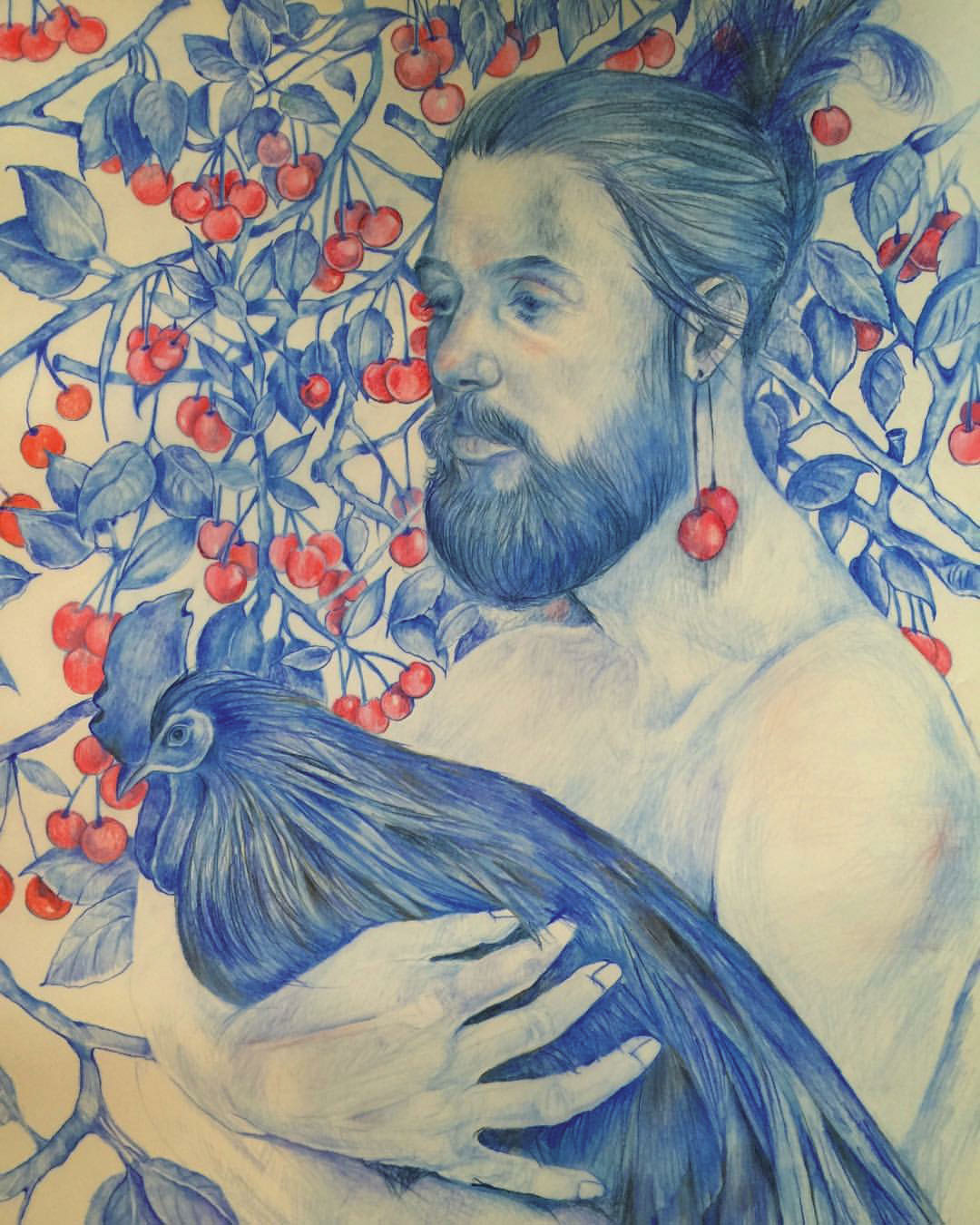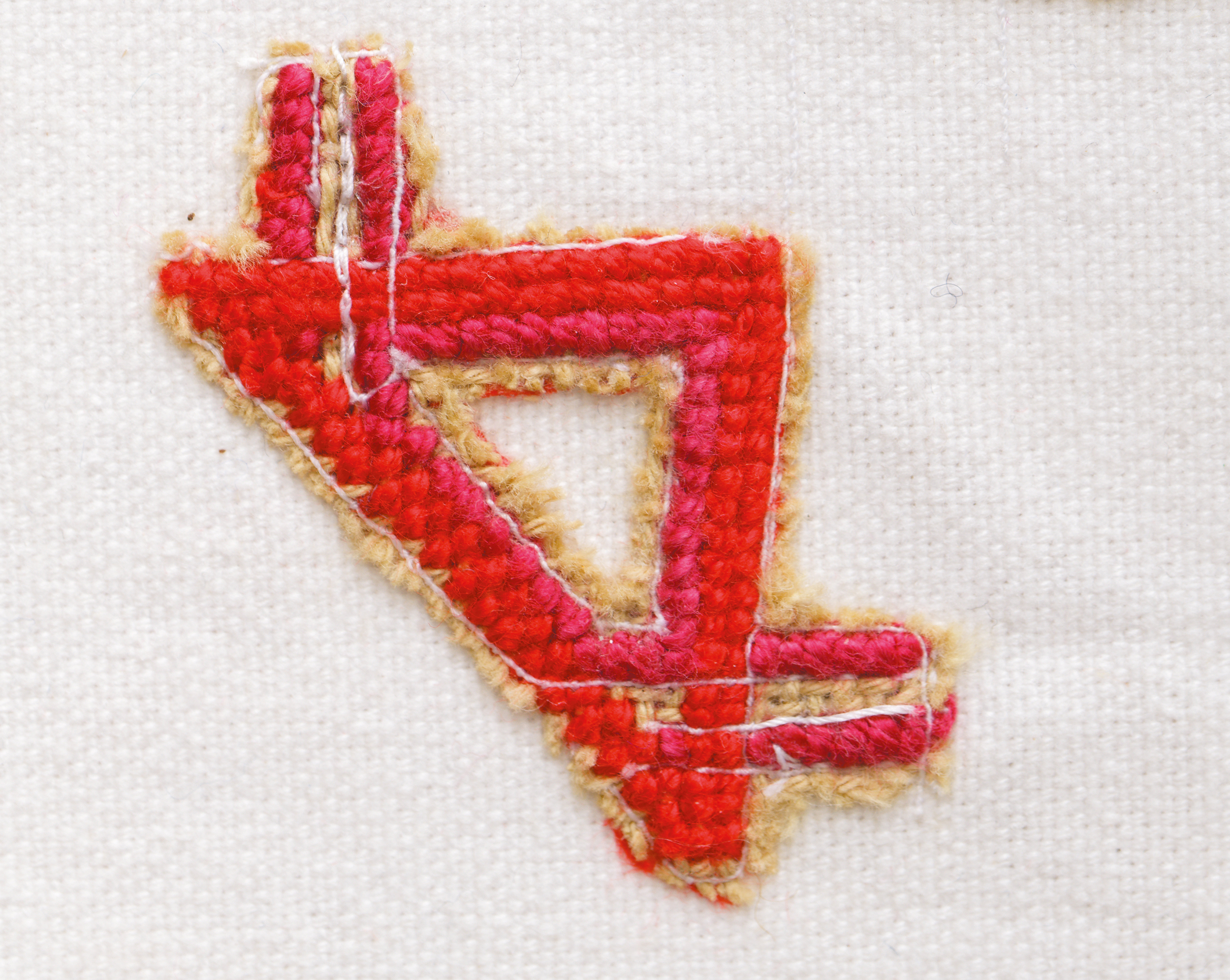
Photo: courtesy of the artist
Islamicate Sexualities: the Artworks of Ebrin Bagheri
As a push against colonial forces and imperialism, homosexuality in the Middle East was historically made into an illegal identity category — one that, many argue, did not exist prior to increased contact with Western explorers and travellers. It is important to understand how the emergence of the Gay International coincided with that of Western gay sexuality studies. These issues are all at the forefront in the study of Islamicate1 1 - Hodgson identifies an issue with using the terms “Islam” and “Islamic” in unspecific ways; he argues that the more we speak of Islamic art, Islamic literature, or Islamic sexuality, the less we are actually speaking about Islam as a faith. Geographically, the term “Islamicate” also opens the discussion beyond places such as the “Middle East” to encompass other geographic regions in which Islam is dominant both religiously and culturally, such as Iran and parts of Asia. See Marshall G. S. Hodgson, The Venture of Islam: Conscience and History in a World Civilization (Chicago: University of Chicago Press, 1974), 57 — 59. sexualities. “Islamicate,” as defined by Marshal Hodgson, refers not directly to the religion of Islam itself, but to the social and cultural complexities historically associated with Islam, including non-Muslims living within the same regions. Only by keeping imperialism at the forefront of the study of sexualities can we better situate how pre-modern Islamicate sexual scripts have resisted complete colonization and continue to exist in the diaspora.




